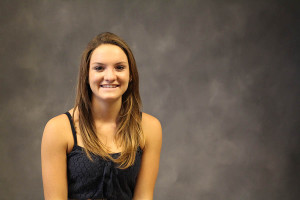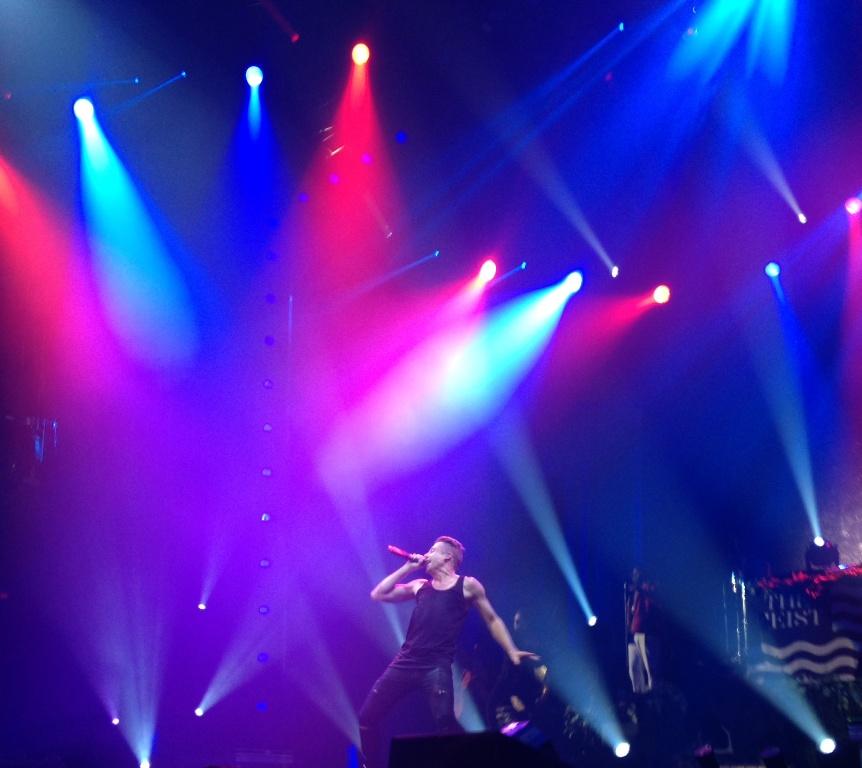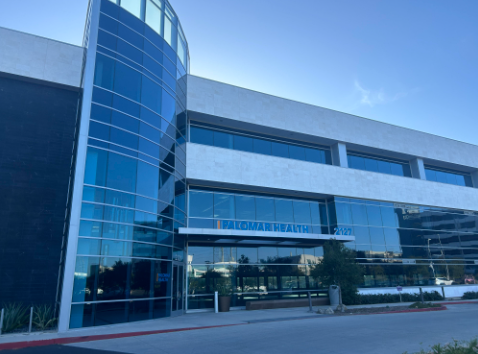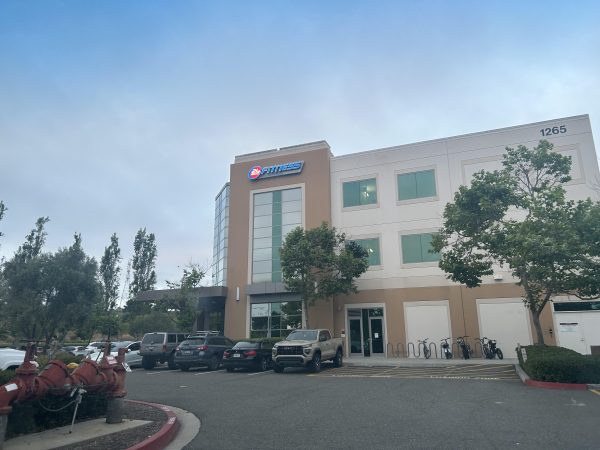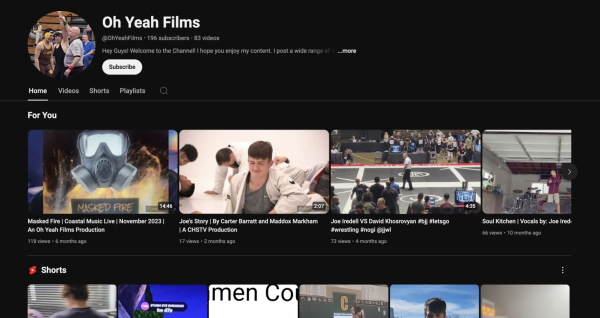He’s a little bit of humble, little bit of cautious
The crowd anxiously chants his name in rhythm like a heartbeat. As group after group fills the arena, the pit overflows with teenagers smashed up against each other. They desperately await for the number one independent hip-hop artist in the world to engulf the audience.
Macklemore, born Ben Haggerty in Seattle, Washington, developed a drug and alcohol addiction during high school until he finally entered a rehabilitation program in 2008. Drawing from his own personal battle with addiction, Macklemore acts as a positive influence on his audience. Through his most famous songs such as “Otherside” and “Starting Over,” Macklemore reveals his struggle to get clean and inspires his audience to do the same. Many teenagers struggle with influence and peer pressure caused by substance abuse–Macklemore strives to be a positive example of a man who recovered from his enslaving addiction.
Contrary to other popular hip-hop artists, Macklemore uses his lyrics to stop the glorification of drug and alcohol abuse while addressing a variety of social issues from same-sex marriage to materialism. Macklemore continues to stray from the stereotype of hip-hop artists because he refuses to sign with a record label.
As the number one independent hip-hop artist in the world, Macklemore accredits a huge part of his success to his best friend and producer, Ryan Lewis. This inseparable duo incidentally met each other after Ryan Lewis sent a friend request over MySpace to the stranger Ben Haggerty. This insignificant request ended up creating the now legendary group known as Macklemore and Ryan Lewis.
When the curtain finally rose on stage, the Valley View Casino Center erupted in a roar of shrieks and screams as these two appeared on stage. Opening with “Ten Thousand Hours,” Macklemore began his concert by explaining how much time–approximately ten thousand hours–and dedication he and Ryan Lewis put into the making of The Heist, the name of their chart-topping album. As the show continued, Macklemore took breaks in performing his most popular hits such as “Thrift Shop” and “Can’t Hold Us,” to share his story and some of his oldest songs.
Macklemore, recognized for glamorizing thrift stores, is notorious for his revival of fur coats. Staring into the mass of people, Macklemore scanned the crowd in search of a fan’s perfect fur jacket to cloak himself in during his performance of “Thrift Shop”. Later in the show, while performing “And We Danced,” he brought to life his character of a moppy-blonde wig and gaudy purple cape as seen in his music video, viewed on YouTube almost 500 million times.
On stage behind Macklemore sat a full band along with live backup dancers and vocalists to sing the choruses. Throughout the show, Macklemore paused to showcase his musicians, revealing his humility. With every word he spoke, he compelled his audience. His eloquence along with pyrotechnics and a constant downpour of gold confetti entranced the audience into a daze. Macklemore’s audience was never less then enthralled with his radical lyrics and intense sound.
His audience mostly consisted of young adults and rowdy teenagers–many of which were CHS students. Girls, dressed in their best high-waisted shorts and straightened hair, almost as if they expected Macklemore to propose to them, desperately shrieked and “fan-girled,” hoping to be noticed. On the contrary, the boys in the crowd rambunctiously jumped around, oblivious of surrounding opinions. The concert mesmerized every audience member, regardless if they came to meet their future husband on stage or listen to the impressive rap.
Stopped by the arena’s curfew, Macklemore ended his concert after two energetic encores. Overall, the crowd left the concert with their ears ringing, still stunned by the show–eagerly awaiting the release of Macklemore and Ryan Lewis’s next album.


